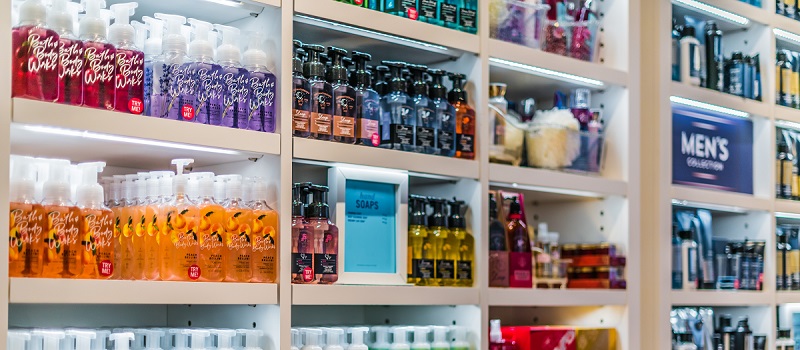In today’s fast-paced, “always-on” world, consumers of every age research their purchases prior to buying.
Blog posts, reviews, and more all contribute to an ecosystem of consumers sharing information at an unprecedented rate.
But how can you release a product that you can be sure will earn its return?
The key to a low-risk product launch is performing due diligence via market research. It may sound expensive at first, but the data and insights that you get from market research cost little compared to a product launch gone awry.
With that in mind, here are four ways that market research can save your company money.
Top 4 Ways Market Research Can Save Your Business Money
Product launches, rebranding, marketing campaigns, and product development can be costly ventures. This is especially true if, say, a product is launched without the precise market research that helps companies make sound decisions.
This is because market research data comes from evaluations of a company’s target audience, allowing the company to learn whether an idea will be accepted by that audience well in advance of its creation.
Along with this comes the advantage of being able to pivot strategy if the received data isn’t favorable to the original idea. Making changes in everything from overall concept to minute
When you invest in market research, your investment may not appreciate like it does in a bank account or in the stock market. However, it pays dividends when it allows you to make low-risk, sound, and pragmatic decisions about your company’s next steps.
Here are four practical steps you can take to making sure your market research investment pays for itself (and then some).
1. Validate the Concept in the Innovation Phase
Every company makes mistakes at some point, just as every person makes mistakes.
New Coke and the McDonald’s Arch Deluxe are two examples of product launches gone awry, but there are countless other products that have failed in the past.
These types of missteps can often be avoided by validating an idea before green-lighting it to production.
Early concept testing or a max-diff exercise are just two low-cost tools to narrow the field of ideas and save your company both money and time.
Without them, the risk of launching a product is far, far higher.
2. Determine the Value of Premium Placement with Virtual Shelf Testing
Product placement — the practice of making an item stand out against other similar products on a shelf — plays an enormous role in a consumer’s ability to find and purchase a physical product.
But testing product placement in real life requires a lot of time, money, and location diversification to get accurate data.
This is why virtual shelf tests exist.
Virtual shelf tests gather data that let a company determine the optimal place to showcase a product in-store. They’re also able to be conducted across different geographies and types of retailers, providing an excellent overview of a product’s potential for success.
3. Measure More with Brand Tracking Programs
Brand tracking programs help companies with a number of high-priority needs, including trend monitoring in an audience and evaluating the impact of competitors.
Brand tracking also gives companies the ability to determine which of their marketing initiatives have the most success. This is especially important in non-digital means, like product packaging, in-store displays, and more.
Altogether, this makes a brand tracking program incredibly versatile, valuable, and powerful for almost any company. It helps provide a deeper understanding of return on investment (ROI) and the circumstances around it.
This essential information is often challenging — if not impossible — to accurately discover otherwise.
When it comes to departments that need to prove ROI as part of their essential function, like marketing, a brand tracking program is invaluable to understanding the circumstances around a business’s sales.
4. Find the Right Price Point
10 cents doesn’t seem like a lot of money. A dime isn’t brought up in discussions of budgetary decisions or revenue projections.
But when that dime is the difference between 20 million people buying your product and 40 million people buying your product, 10 cents suddenly becomes crucial.
Pricing research — a very specific part of market research in general — doesn’t require a big investment most of the time. In fact, it’s one of the more affordable studies that a business can conduct.
It also provides a business with the opportunity to discover the price tolerance of their audience. Then, it becomes much easier to determine the price of a product or service that’s about to launch.
The key to these studies lies in understanding that the value of a product is not necessarily what a company charges for it — the value lies in how important it is to the product’s target audience.
The data from pricing research may only require a company to alter a price by a few cents. But these few cents can make all the difference when it comes to revenue earned and the quantity of people who buy.
Working with a Market Research Company Can Do More Than Save Money
This is a mere fraction of what market research is and can do for your business.
Also, although we’ve highlighted four aspects of market research that can save you money, they’re also only a few tools that can, in the long run, save you from putting money where you won’t see a return.
Instead, market research helps you strategize and understand the best moves to make in a competitive marketplace.
Further, market research can be time-consuming and requires experience and expertise to ensure you get the data you want and the analysis that steers you in the right direction.
That’s where we come in. If you’d like to chat more about how market research services can save your company money, get in touch today!

